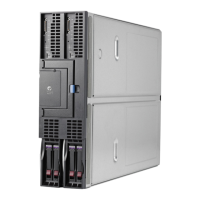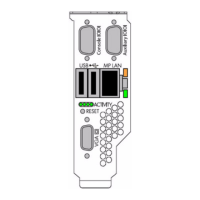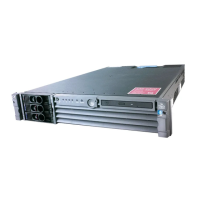administrator to provide a switch port to the server that has 100% uptime. While network
administrators can achieve high availability in the network, they can’t promise 100%
availability for the switch and switch port to which the server’s network adapter port is
connected. Switch failures, like server failures, do occur. Switch misconfigurations, like
server misconfigurations, do occur. It is the prudent SA that realizes and accounts for these
potential failure scenarios even though they occur “outside” of the server chassis.
• Upstream network failures – If failures and misconfigurations can occur on the switch
“directly” connected to the server, then failures and misconfigurations can occur on an
upstream switch “indirectly” connected to the server. Unfortunately for the server, an
upstream failure or misconfiguration has the potential to negatively affect it as much as a
directly connected switch. A server network fault-recovery solution that considers these
potential upstream failures and misconfigurations is “enterprise aware”, resulting in a server
with increased availability.
Load Balancing: RAID 5 for Server Network Adapters
Load balancing for server network adapters refers to the simultaneous use of multiple network
ports (network adapters may contain one or more ports each) to provide increased performance
for transmitted and received network traffic on an individual server. The term “load balancing”
is used to refer to many different computer and network technologies. A server administrator
can load balance data across hard drives using RAID technology or load balance server tasks
across a cluster of servers using Microsoft Clustering. Similarly, a server administrator can load
balance a single server’s network traffic across two or more network ports within the same server.
There are several considerations to keep in mind when planning for server network load balancing:
• Utilization of designated fault-tolerant resources – Providing network fault tolerance
requires additional network adapter/port resources. These designated fault-tolerant resources
sit idle until a failure occurs. Load balancing can be implemented to fully utilize the idle
network resources that would otherwise remain in a standby state until a failure occurred.
The rationale for deploying network load balancing can be compared to the decision to
deploy RAID 1 instead of RAID 5. While RAID 5 provides for fault tolerance just like RAID
1, RAID 5 also allows for better performance since all hard drive hardware is in use. Similarly,
an SA has the option of using HP Integrity Network Adapter Teaming to increase server
network performance by load balancing server traffic across fault tolerant network adapter
resources. Deploying load balancing with fault tolerance versus fault tolerance alone provides
better resource utilization.
• Investment protection in older technology – Load balancing is very important in situations
where investment protection in older technology (for example, Fast Ethernet – 100 Mb) is
desired; yet increased throughput capabilities are required. Instead of discarding Fast
Ethernet network adapters to install Gigabit network adapters because a server needs more
throughput, an SA can utilize several Fast Ethernet network adapters to increase server
network throughput up to a theoretical maximum of 800 Mbps. When the SA has the budget
to purchase newer technology (for example, Gigabit Ethernet – 1000 Mb), the team of Fast
Ethernet adapters can be replaced with a team of Gigabit Ethernet adapters. As a result,
network adapter load balancing can be used to bridge the gap between cheaper (older)
technology and more expensive (newer) technology.
HP Integrity Network Adapter Teaming provides:
• A solution for both fault tolerance and load-balancing requirements
• Solutions that allow the server to “heal” itself and restore network connectivity without
human intervention, and
• Solutions that allow the server to fully utilize its available network adapter resources
By utilizing an HP Integrity Network adapter team of two or more network adapter ports, an
SA provides the server with the ability (intelligence) and capability (components) to restore lost
network connectivity while simultaneously increasing server network performance. Most of
12 An Executive Overview of Teaming
